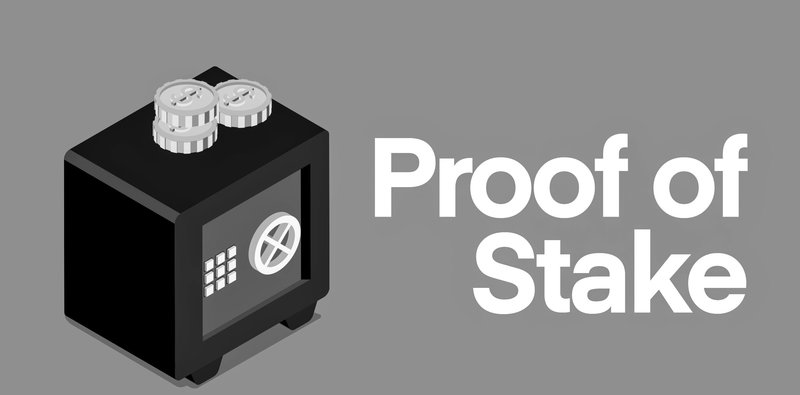WHAT IS PROOF OF STAKE?

Proof of Stake (PoS) is a consensus mechanism used in blockchain networks to validate and add transactions to the blockchain. It's an alternative to Proof of Work (PoW) and is designed to achieve similar goals, such as securing the network and regulating block creation, but it does so in a different way.
Here's how Proof of Stake works:
1. **Staking:** In a PoS system, validators (also called "stakers") are chosen to create new blocks and validate transactions based on the amount of cryptocurrency they "stake" or lock up as collateral. The more cryptocurrency a validator stakes, the more likely they are to be chosen to create a new block.
2. **Random Selection:** Validators are chosen to create blocks in a deterministic but random manner. The likelihood of being selected to create a block is often directly proportional to the amount of cryptocurrency they have staked.
3. **Block Creation:** The chosen validator creates a new block and adds it to the blockchain. Transactions are included in this block, and it is broadcast to the network.
4. **Verification:** Other nodes in the network verify the validity of the new block. If the block is deemed valid, it is added to the blockchain, and the validator is rewarded with transaction fees and, in some cases, new cryptocurrency tokens.
Key characteristics of Proof of Stake include:
- **Energy Efficiency:** PoS is generally considered more energy-efficient compared to PoW because it does not require the energy-intensive mining process. Validators are chosen based on their stake, not their computational power.
- **Security:** PoS is designed to be secure against certain types of attacks. An attacker would need to acquire a significant portion of the cryptocurrency supply to manipulate the blockchain (a "51% attack").
- **Consensus Mechanisms:** There are variations of PoS, including Delegated Proof of Stake (DPoS), in which token holders vote for a smaller group of delegates who validate transactions. This model is used in some blockchains like EOS and Tron.
- **Incentives for Validators:** PoS validators are incentivized to act honestly, as they have a financial stake in the network. If they validate fraudulent transactions or attempt an attack, they risk losing their staked assets.
Cryptocurrencies that use PoS as their consensus mechanism include Ethereum 2.0 (which is transitioning from PoW to PoS), Cardano, Tezos, and many others. PoS is seen as a way to address some of the energy consumption and scalability issues associated with PoW while still maintaining the security and decentralization of blockchain networks.



/image%2F0404232%2F20240519%2Fob_6acde0_quotes-instagram-post-20240519-194503.png)
/image%2F0404232%2F20240519%2Fob_cdb796_black-modern-minimalist-daily-quotes-i.png)
/https%3A%2F%2Fmiro.medium.com%2Fv2%2Fresize%3Afit%3A1200%2F1%2AF0E-SRQarSoLwSnfS9eTnQ.jpeg)
/image%2F0404232%2F20240519%2Fob_473bc6_blue-modern-cryptocurrency-instagram-p.png)